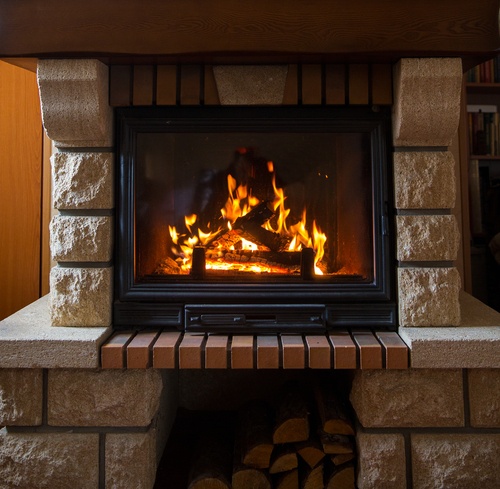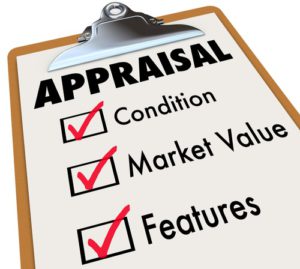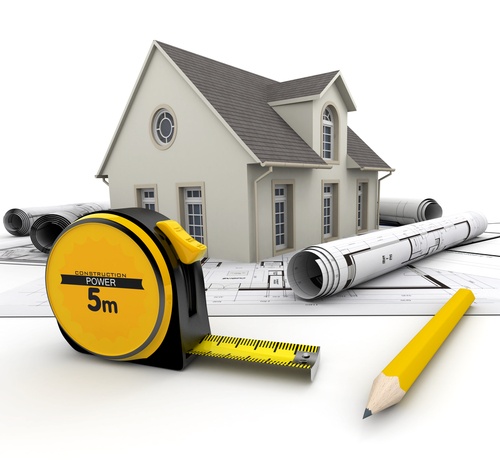9 Common Title Problems
 Every home sale will include a title search. This is a process that helps to discover who legally owns the house, and thus, who has the right to sell it. While it may seem pretty straightforward, a title search can turn up hidden claims or liens that might make it difficult to purchase title insurance. This could prevent the sale of a house if the sale is contingent on qualifying for this insurance. Here are nine of the most common title problems you might encounter when doing a title search.
Every home sale will include a title search. This is a process that helps to discover who legally owns the house, and thus, who has the right to sell it. While it may seem pretty straightforward, a title search can turn up hidden claims or liens that might make it difficult to purchase title insurance. This could prevent the sale of a house if the sale is contingent on qualifying for this insurance. Here are nine of the most common title problems you might encounter when doing a title search.
Errors in the public records
One of the most common title problems is clerical or filing errors in the public records. Unfortunately, these errors can affect the status of the title and be difficult and costly to repair.
Forgeries
Much like errors in the public records, forgeries can also present problems when completing a title search. Sometimes forged documents are submitted into the public record, which makes it more difficult to ascertain who legally owns a property.
Liens
Another common problem that a title search can uncover is unknown liens against the property. A lien is a legal ownership claim on a home, and can be filed by anyone who is owed money by the homeowner. This could include tax departments, contractors, and utility companies and is common with distressed properties.
Illegal chain of title
The chain of title refers to all those who have previously owned a property. During a title search you may discover that a previous claim of ownership was not legal. This is possible if a minor, someone of unsound mind, or someone who claimed to be single but was actually married made a previous deed.
Property or boundary disputes
A title search may also uncover disputes about the boundaries of the property. It is possible that different surveys completed in the past show different boundary lines. This could mean that a neighbor could claim part of your property or vice versa. This kind of dispute must be cleared before you can purchase the property. You can search for the most experienced contractual dispute attorneys in your area, and hire one to help you hand this matter.
Bankruptcies
If a previous owner has filed for bankruptcy, you will need to verify that the case has been discharged. The person filing for bankruptcy must have signed off on the property and petitioned the court to release the property in order for the sale to continue.
Missing heir
Many people will their homes to their heirs when they die. But if an heir is missing or unknown when they die, it can become a problem when trying to purchase the property. You may also discover that family members have contested a will.
Missing will
If someone dies with no will or heir, then the state may sell the home. However, sometimes after the sale is complete a will is found and your rights as the homeowner may be compromised.
Unknown easements
Finally, the property may include an unknown easement. This could prevent you from using all or part of the property as you want to. It might also give someone else access to some or all of your property. This can affect your ability to enjoy your property as you had intended.
Compliments of Virtual Results




 Making an offer on a house can be a very exciting – and very nerve-wracking – experience. Finding a home you love can be a challenging process. Waiting to hear back about your offer can have you on pins and needles. This is the point in the home-buying process where things get serious and the exchange of paperwork starts to escalate. In order to keep your cool during this wild ride, it’s helpful to know what to expect.
Making an offer on a house can be a very exciting – and very nerve-wracking – experience. Finding a home you love can be a challenging process. Waiting to hear back about your offer can have you on pins and needles. This is the point in the home-buying process where things get serious and the exchange of paperwork starts to escalate. In order to keep your cool during this wild ride, it’s helpful to know what to expect.
 When you’re buying or selling a home, getting
When you’re buying or selling a home, getting  With the temperature dropping, you may be wondering how to save on your heating bill over the next few months. Nobody wants to spend too much on their energy costs, especially with the holidays around the corner. If you want to keep your home toasty warm without emptying your wallet this winter, then follow these simple tips. We recommend you to
With the temperature dropping, you may be wondering how to save on your heating bill over the next few months. Nobody wants to spend too much on their energy costs, especially with the holidays around the corner. If you want to keep your home toasty warm without emptying your wallet this winter, then follow these simple tips. We recommend you to 



 Are you considering putting your house hunting on hold until after the New Year? While it may seem like the end of the year is not a great time to buy a home, it can have many benefits. In fact, now can be an excellent time to get a great deal on a house. Here are seven reasons why you should buy a home before the end of the year.
Are you considering putting your house hunting on hold until after the New Year? While it may seem like the end of the year is not a great time to buy a home, it can have many benefits. In fact, now can be an excellent time to get a great deal on a house. Here are seven reasons why you should buy a home before the end of the year.

 Catch Our Feed
Catch Our Feed Subscribe via Email
Subscribe via Email Follow Our Tweets
Follow Our Tweets Friend Us On Facebook
Friend Us On Facebook Watch Us On Youtube
Watch Us On Youtube